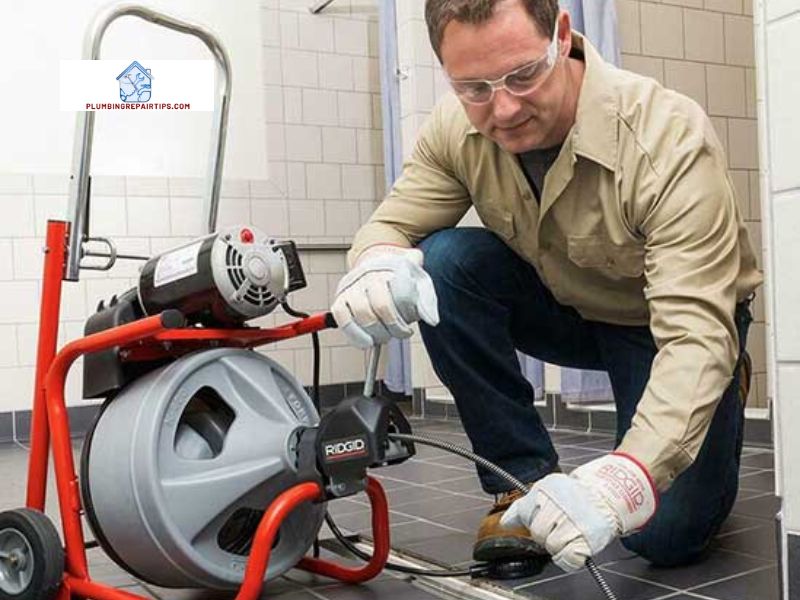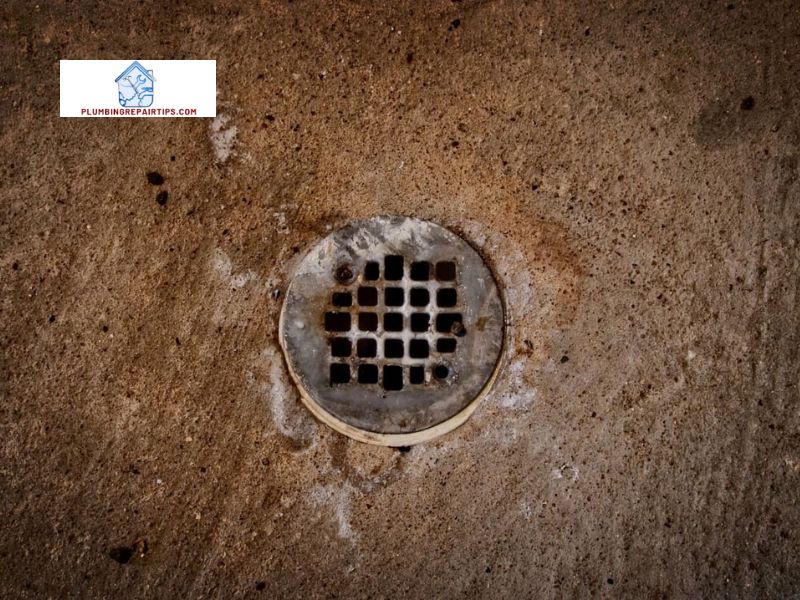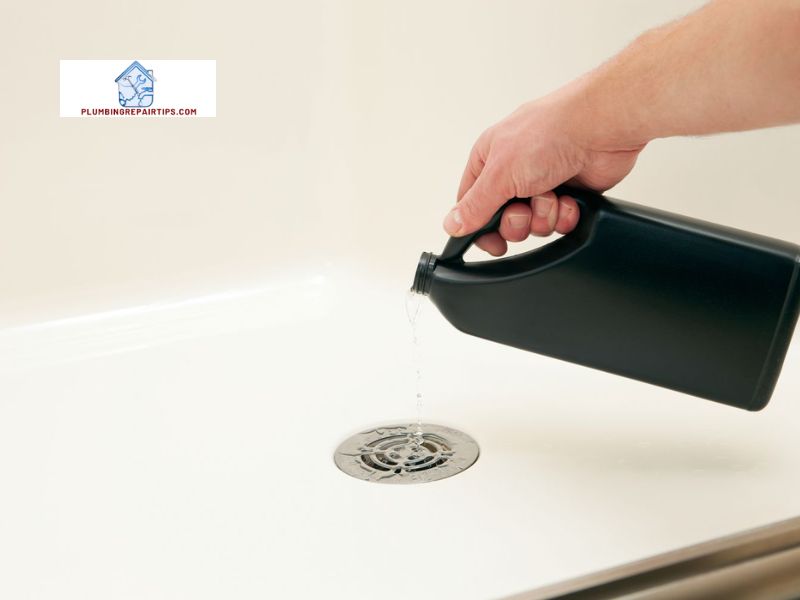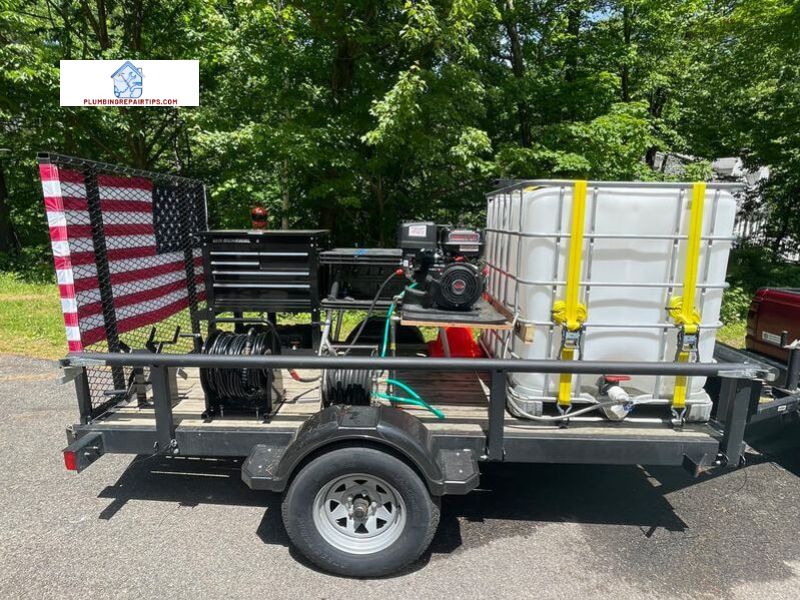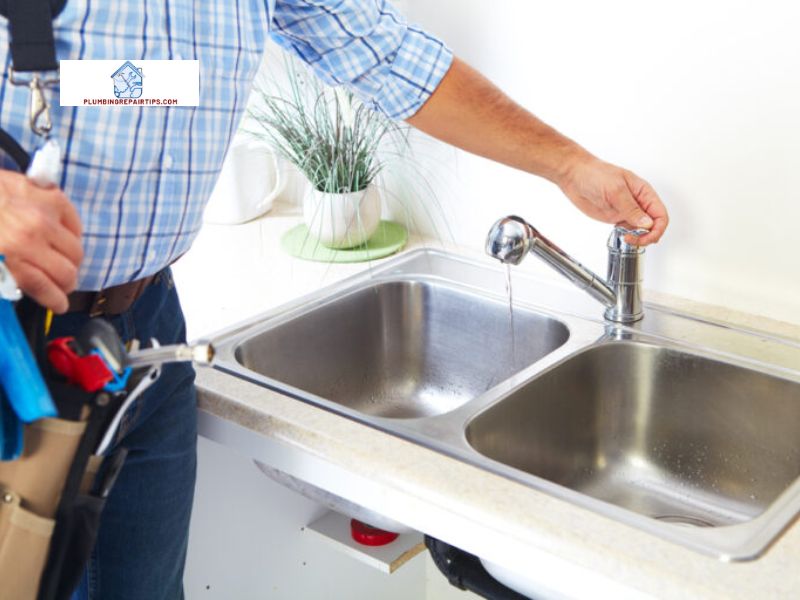Imagine waking up on a chilly winter morning, eagerly anticipating a refreshing shower, only to find your well pump frozen solid. The frustration is palpable, and the consequences can be dire. But fear not! In this comprehensive guide, plumbingrepairtips.com will walk you through the ins and outs of dealing with frozen well pumps, ensuring a continuous water supply throughout the year.
Importance of Well Pumps in Water Supply Systems
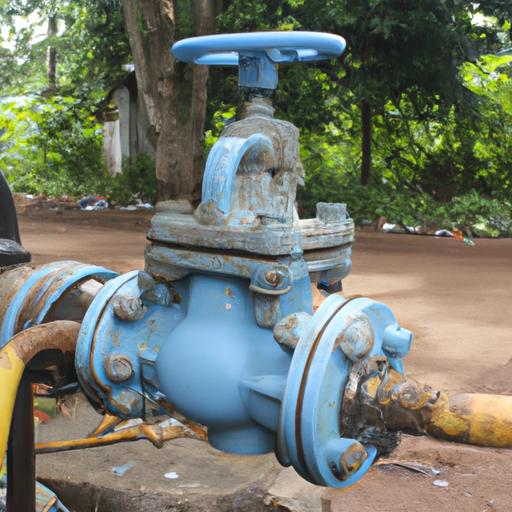
Well pumps serve as the heart of water supply systems, extracting water from underground sources and delivering it to our homes. Whether you rely on a private well or have a communal water system, a well pump is the unsung hero that keeps the water flowing. Without a functioning well pump, daily tasks like cooking, cleaning, and personal hygiene become arduous challenges.
Problems Caused by Frozen Well Pumps
When temperatures plummet, well pumps are at risk of freezing, causing a host of issues. A frozen well pump can disrupt water flow, leaving you without access to clean water for drinking, bathing, and other essential needs. Moreover, the frozen components can lead to pump damage, resulting in costly repairs or even the need for a complete replacement. Don’t let a frozen well pump leave you high and dry!
Overview of the Article’s Focus on Addressing Frozen Well Pump Issues
In this article, we will delve into the intricacies of frozen well pumps, equipping you with the knowledge and strategies to prevent, thaw, and troubleshoot these freezing woes. We’ll explore preventive measures, such as insulating well pump components and adopting proper maintenance practices during winter months. Additionally, we’ll provide a step-by-step guide to safely thaw a frozen well pump, ensuring you can restore the flow of water efficiently.
Are you ready to conquer frozen well pump troubles and ensure a steady water supply year-round? Let’s dive into the nitty-gritty details of preventing, thawing, and troubleshooting frozen well pumps. With these expert insights, you’ll be well-prepared to tackle any freezing challenges that come your way.
Stay tuned for the upcoming sections where we’ll discuss preventing frozen well pumps and unravel the mysteries of thawing a frozen well pump effectively. Don’t let winter freeze your water supply – let’s take control and keep your well pump running smoothly!
Understanding Frozen Well Pumps

How Freezing Temperatures Affect Well Pumps
When winter’s icy grip tightens, well pumps face the risk of freezing due to the plummeting temperatures. As water in the system cools, it can form ice, leading to blockages and hindered pump performance. The cold temperatures affect various components of the well pump, including the pipes, pressure tanks, and even the motor itself. Understanding how freezing temperatures impact your well pump is crucial in preventing and addressing potential issues.
Common Signs and Symptoms of a Frozen Well Pump
Detecting a frozen well pump early can save you from extensive damage and costly repairs. Look out for telltale signs that indicate your well pump may be frozen. Do you experience reduced or no water flow? Are there strange noises emanating from the pump? Is the water pressure inconsistent or non-existent? These are common symptoms that may indicate a frozen well pump. By recognizing these signs promptly, you can take action to thaw and restore your well pump’s functionality.
Potential Consequences of a Frozen Well Pump
Ignoring a frozen well pump can have severe consequences. Apart from the inconvenience of not having access to clean water, frozen components can cause pipes to burst, leading to flooding and water damage. Additionally, the motor of the well pump can sustain damage, requiring costly repairs or replacements. It is essential to address a frozen well pump promptly to mitigate these potential consequences and ensure the longevity of your water supply system.
Understanding how freezing temperatures impact well pumps, recognizing the signs of a frozen well pump, and being aware of the potential consequences are vital steps towards dealing with this issue effectively. In the following sections, we will explore preventive measures to safeguard your well pump from freezing and provide a step-by-step guide to thawing a frozen well pump. Don’t let the frosty temperatures disrupt your water supply – let’s tackle frozen well pumps head-on!
Preventing Frozen Well Pumps
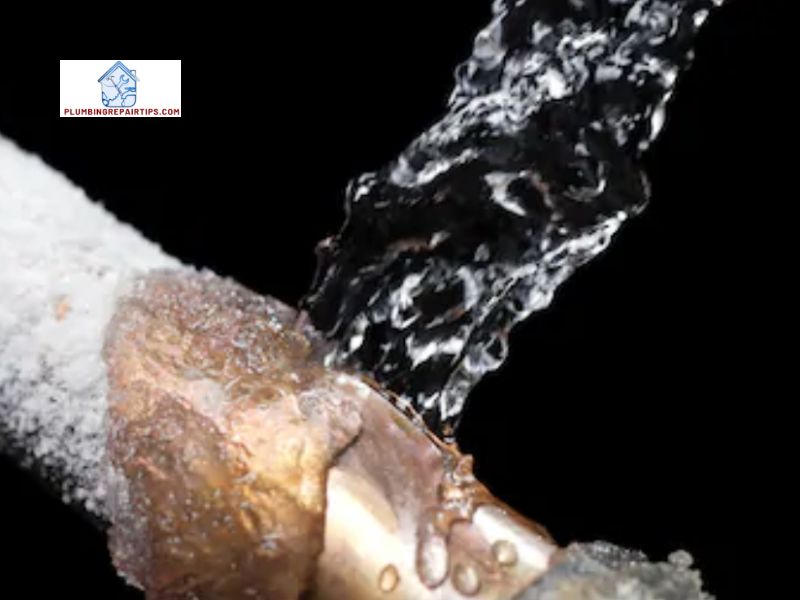
Insulating Well Pump Components to Avoid Freezing
When it comes to preventing frozen well pumps, insulation is your best friend. By insulating the various components of your well pump system, you can shield them from the biting cold and ensure uninterrupted water flow. Start by insulating the well pump itself using a specialized well pump cover or by wrapping it with insulation material. Pay particular attention to exposed areas, such as pipes and valves, as these are susceptible to freezing. Insulating foam sleeves or heat tape can be used to provide an extra layer of protection and prevent the formation of ice.
Tips for Proper Well Pump Maintenance During Winter Months
Proper maintenance is crucial in keeping your well pump running smoothly throughout the winter season. Here are a few essential tips:
- Check for Leaks: Inspect your well pump system for any leaks or cracks that might allow cold air to seep in. Repairing these issues promptly can help prevent freezing.
- Keep the Pressure Steady: Ensure that your well pump maintains adequate pressure. Fluctuations in pressure can cause water to freeze within the system. Regularly check the pressure gauge and consult a professional if you notice any irregularities.
- Drain Outdoor Lines: If you have any outdoor water lines connected to your well pump, it’s crucial to drain them before winter sets in. Disconnect and drain hoses, sprinklers, or any other outdoor fixtures to prevent water from freezing and causing damage.
Importance of Monitoring Weather Forecasts and Taking Necessary Precautions
Staying informed about weather conditions is vital in protecting your well pump from freezing. Keep an eye on weather forecasts, paying attention to temperature drops and freezing advisories. When freezing temperatures are expected, take proactive measures to prevent frozen well pumps, such as insulating outdoor pipes, allowing faucets to drip slightly to keep water flowing, and even temporarily running your well pump system to prevent stagnation.
By following these preventive measures and staying vigilant during winter months, you can ensure that your well pump remains operational and free from the clutches of freezing temperatures. In the next section, we will explore the step-by-step process of safely thawing a frozen well pump. Let’s keep the water flowing and banish frozen well pump woes for good!
Thawing a Frozen Well Pump
Step-by-Step Guide to Safely Thaw a Frozen Well Pump
When faced with a frozen well pump, it’s crucial to follow a systematic approach to ensure a safe and successful thawing process. Here’s a step-by-step guide to help you navigate through the process:
- Turn off the power: Before starting any thawing procedures, ensure that the power to the well pump is turned off. This will prevent any electrical mishaps and keep you safe throughout the process.
- Locate the frozen components: Identify the specific parts of the well pump that are frozen. This could include pipes, valves, or even the entire pump unit. Understanding the extent of the freeze will help you determine the appropriate thawing methods.
- Apply heat sources: Utilize safe heat sources to thaw the frozen parts. You can use a heat gun, a hairdryer, or even hot towels soaked in warm water. Aim the heat directly at the frozen areas, gradually increasing the warmth to avoid damaging the pump components. Be patient and avoid using open flames or excessive heat, as it may cause further damage.
- Monitor the thawing process: Regularly check the progress of the thawing process. As the frozen components begin to thaw, you may notice water starting to flow. Take note of any leaks or abnormalities during the thawing process, as these could indicate additional issues with the well pump.
Utilizing Heat Sources to Thaw Frozen Components
Thawing a frozen well pump requires the application of heat to free the trapped water. Heat sources play a crucial role in this process, allowing you to restore water flow effectively. Here are some commonly used heat sources for thawing frozen well pump components:
- Heat gun: A heat gun provides a concentrated stream of hot air, making it an ideal tool for thawing frozen pipes and valves. Ensure you maintain a safe distance and gradually increase the heat to prevent any damage.
- Hairdryer: If you don’t have a heat gun, a hairdryer can serve as a suitable alternative. Set it to the highest heat setting and direct the airflow onto the frozen areas.
- Hot towels: Soak towels in warm water and wrap them around the frozen components. The moist heat will help thaw the frozen parts gradually.
Remember, it’s crucial to exercise caution when using heat sources to thaw a frozen well pump. Always prioritize safety and closely monitor the process to prevent any accidents or further damage.
Precautions to Consider During the Thawing Process
While thawing a frozen well pump, it’s important to keep the following precautions in mind:
- Safety first: Ensure you are wearing appropriate protective gear, such as gloves and safety goggles, to safeguard yourself during the thawing process.
- Avoid excessive force: Refrain from using excessive force or sharp objects to chip away at the ice. This can cause damage to the well pump components and compromise its functionality.
- Inspect for leaks: As the frozen parts thaw, carefully inspect the system for any leaks or damage. If you notice any issues beyond freezing, it may be necessary to seek professional assistance.
By following these guidelines and taking necessary precautions, you can effectively thaw a frozen well pump and restore the much-needed water flow. Let’s move on to the next section, where we’ll discuss troubleshooting common problems associated with frozen well pumps.
Conclusion
In conclusion, ensuring the functionality of your well pump, especially during freezing temperatures, is crucial for maintaining a steady water supply. Frozen well pumps can disrupt daily routines and lead to costly repairs. However, armed with the knowledge and strategies provided in this article, you are well-equipped to tackle frozen well pump issues head-on.
By implementing preventive measures such as insulating well pump components and following proper maintenance practices, you can significantly reduce the risk of your well pump freezing. Regularly monitoring weather forecasts and taking necessary precautions can also play a vital role in safeguarding your water supply system.
In the unfortunate event that your well pump does freeze, our step-by-step guide to safely thawing a frozen well pump will help you restore water flow effectively. Remember to utilize heat sources cautiously and consider the precautions mentioned to avoid causing further damage during the thawing process.
At plumbingrepairtips.com, we understand the importance of a well-functioning well pump. Our mission is to empower homeowners like you with the knowledge and expertise to address plumbing issues effectively. By following the guidelines outlined in this article, you can ensure a continuous and reliable water supply throughout the year.
Don’t let frozen well pumps dampen your spirits! Take the necessary steps to protect your well pump, and enjoy the convenience and comfort of uninterrupted water flow. Remember, at plumbingrepairtips.com, we’re here to support you every step of the way in your plumbing journey.
Bold the brand name once: plumbingrepairtips.com
